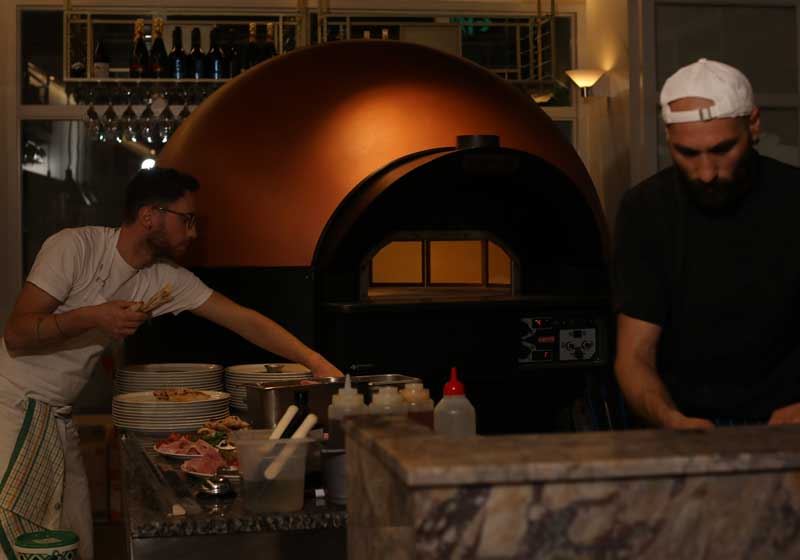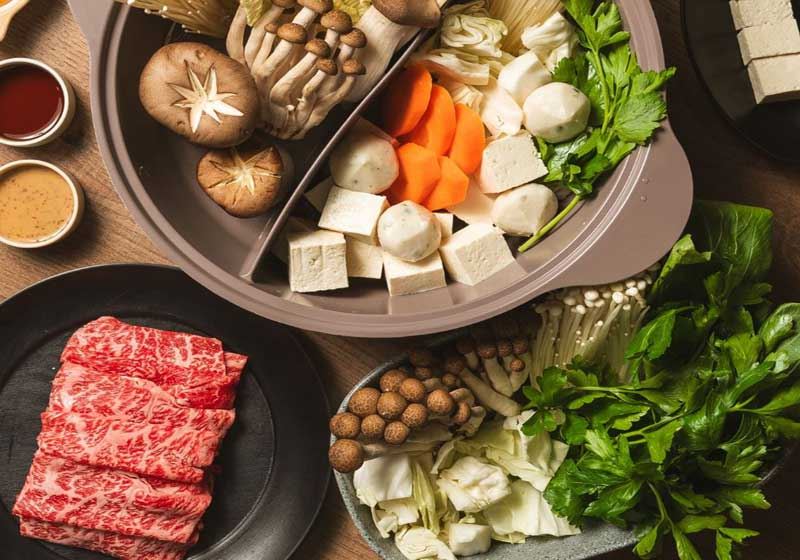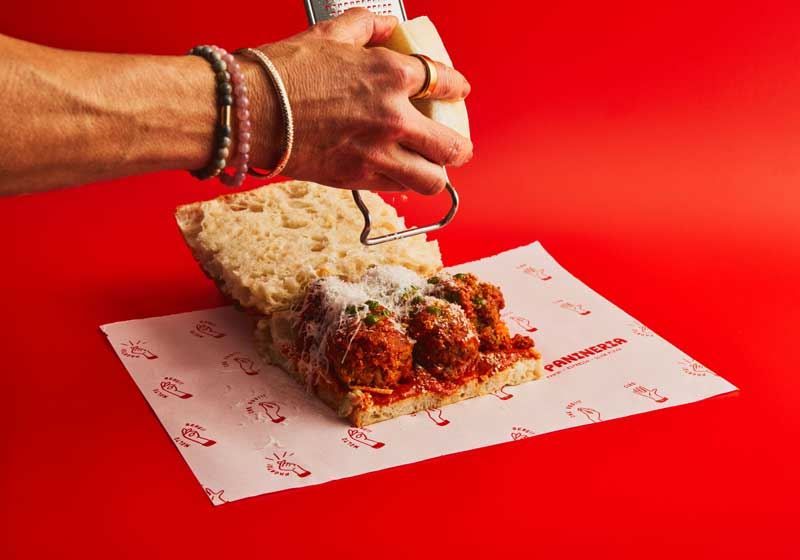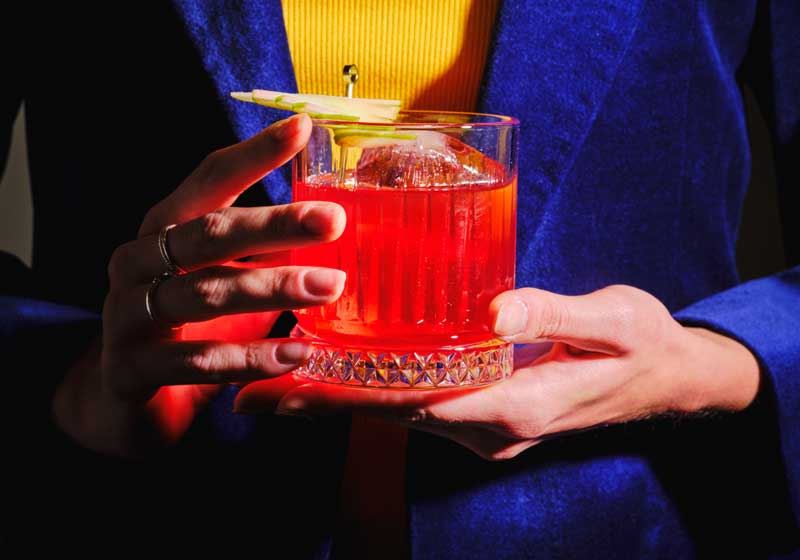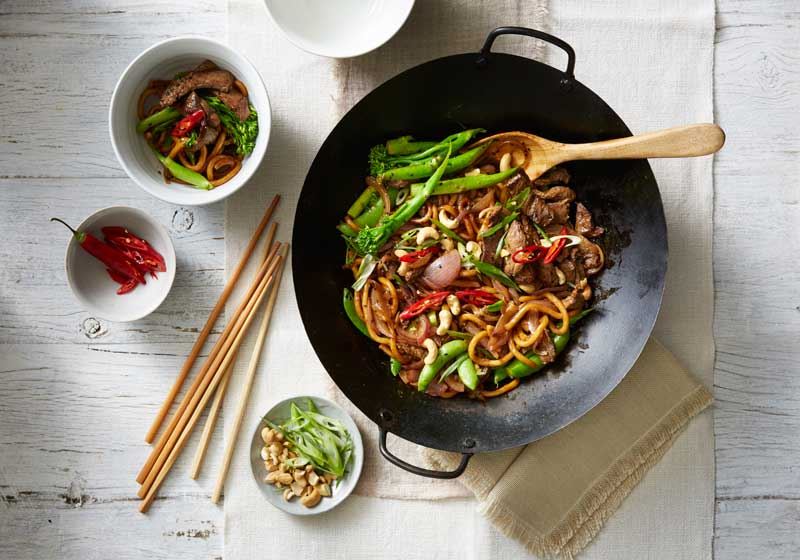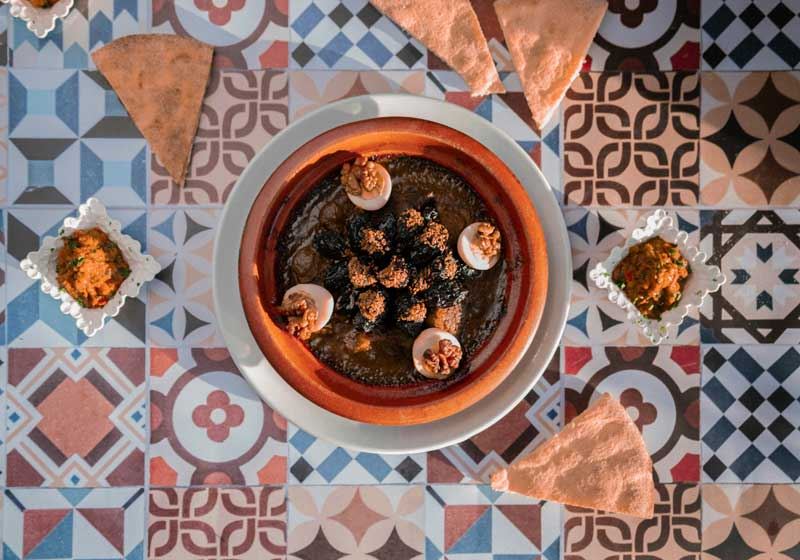Healthy oceans with an abundance of fish are in everyone’s best interests – making sustainable seafood one of the hottest global trends of the moment.
This has resulted in The Good Fish Project, to
help Australians confidently use and promote seafood that doesn’t harm the
oceans. This country’s restaurant and catering industries have a huge influence
on the seafood supply chain and by serving sustainably sourced produce, they
can make a massive difference to how it is produced.
In a recent interview with AGFG, Peter Kuruvita talked about his Noosa Beach House restaurant’s commitment to sustainable seafood:
"I am embarrassed to say this November I have been in the kitchen for 40 years – and out of that time, I have spent no more than two years no further from the ocean than I am now.
"I have always gravitated to restaurants by the sea or water. I realise my love of seafood is also about caring for it and making sure it is a sustainable, this has to be a growing movement within the restaurant industry.”
Peter is on board with The Good Fish Project and has their app on his phone, where he can check where seafood has been sourced from.
"This beautiful source of food needs to be looked after. One of the first times it really hit me was when I was serving New Zealand red snapper – from a box of eight fish, we would get 16 fillets – I always thought ‘how do we get the same sized fish and the same quality day in and out?’
"We would go through hundreds and thousands of these boxes each year. I started thinking about it more… it’s not just what fish you catch, but how they are caught and what the bi-catches are.”
Peter researched each trawler that was supplying his restaurant with prawns, to see if they had bi-catch reduction and only bought seafood from three vessels that did.
Moving to Noosa with his family five years ago, when he was offered the Beach House restaurant, has opened his eyes to the passionate, organic farming movement in the region.
"Chefs like to make tree or sea changes. I was commuting from Sydney when I first worked in Noosa and quickly realised I should have been travelling the other way around.
"Since moving here I discovered that Mooloolaba fisheries are some of the most pristine and sustainable in Australia. What I love is there are so many different fish available to us – snapper, cobia, tuna, Spanish mackerel – we are spoilt for choice.
"Then you can drive 15 minutes into the hinterland and see cows. While I was doing the Coastal Kitchen television show it opened my eyes to the passionate, organic farming movement that is around here.”
Good Fish – the brainchild of the Australian Marine Conservation Society - is Australia’s first sustainable seafood resource designed specifically for Chefs, restaurants and food professionals. The website features an ocean of information, as well as a list of those already sourcing, selling and cooking sustainable seafood.
It also provides information on what the fishing industry,
conservationists and restaurateurs are doing to ensure Australia’s oceans keep
on providing for generations to come.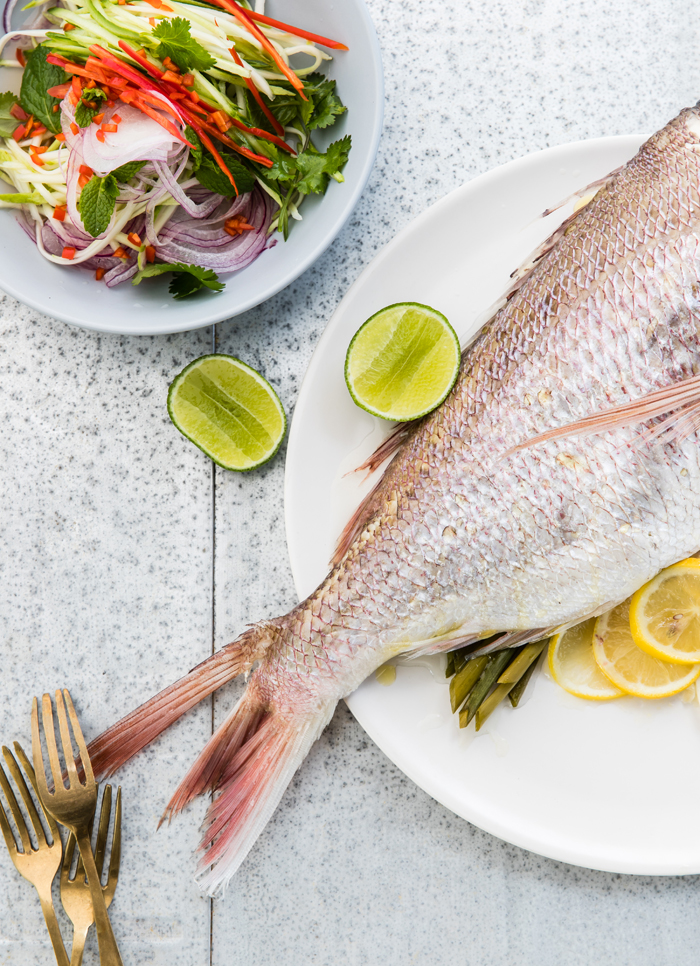
Steamed whole snapper recipe by Richard Ousby Electrolux ambassador and Executive Chef of Stokehouse Restaurants in Brisbane and Melbourne.
What does sustainability mean?
This trending phrase means different things to different people, but most agree it is wild-caught sustainable seafood produced without taking too many of any one target species, causing excessive harm to the ocean environment; or catching damaging numbers of vulnerable marine species.
Sustainable fisheries meet the long-term needs of fishermen, consumers and the environment.
Is farmed seafood sustainable?
Not all farmed fish is produced sustainably, some more so than others. Most shellfish are farmed this way because they don’t require additional feed input. When aquaculture farms grow carnivorous fish and feed them pellets made from wild caught fish, it is a burden on wild fish stocks. Pollution from fish farms can also over-fertilise surrounding waterways, unbalancing the natural ecosystem.
Is sustainable seafood more expensive?
Seafood that has achieved a third-party certification of sustainability, may be a little more expensive due to the costs involved in this process. However, international research has shown customers are willing to pay more for this product.
Certified seafood isn’t readily available in Australia at the moment, but there are still plenty of sustainable choices from fisheries operating in environmentally responsible ways.
Are customers interested in sustainable seafood?
International market research, including Australasia, from 2014 indicates that the health of the world’s oceans is important to 90% of people surveyed. The term ‘sustainable seafood’ is becoming much more of a mainstream term and customers expect businesses to take environmental issues into account, when sourcing their produce.
By joining Good Fish’s Chef’s Charter, restaurants can assure their clientele they are making environmentally responsible choices in sourcing their seafood.
It has reached a time when there simply aren’t plenty more fish in the sea – it is up to Chefs, restaurants and diners to encourage change by making sustainable choices.


